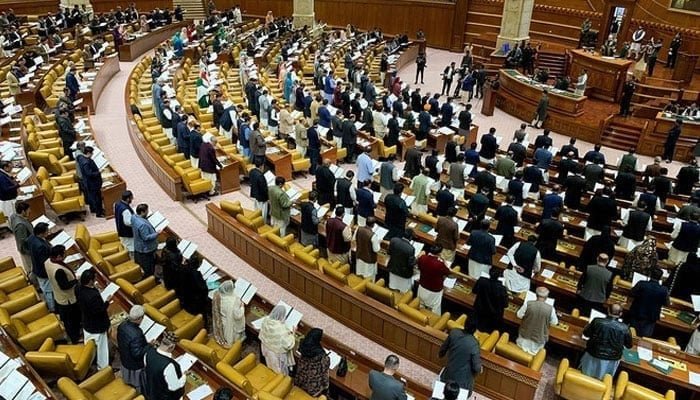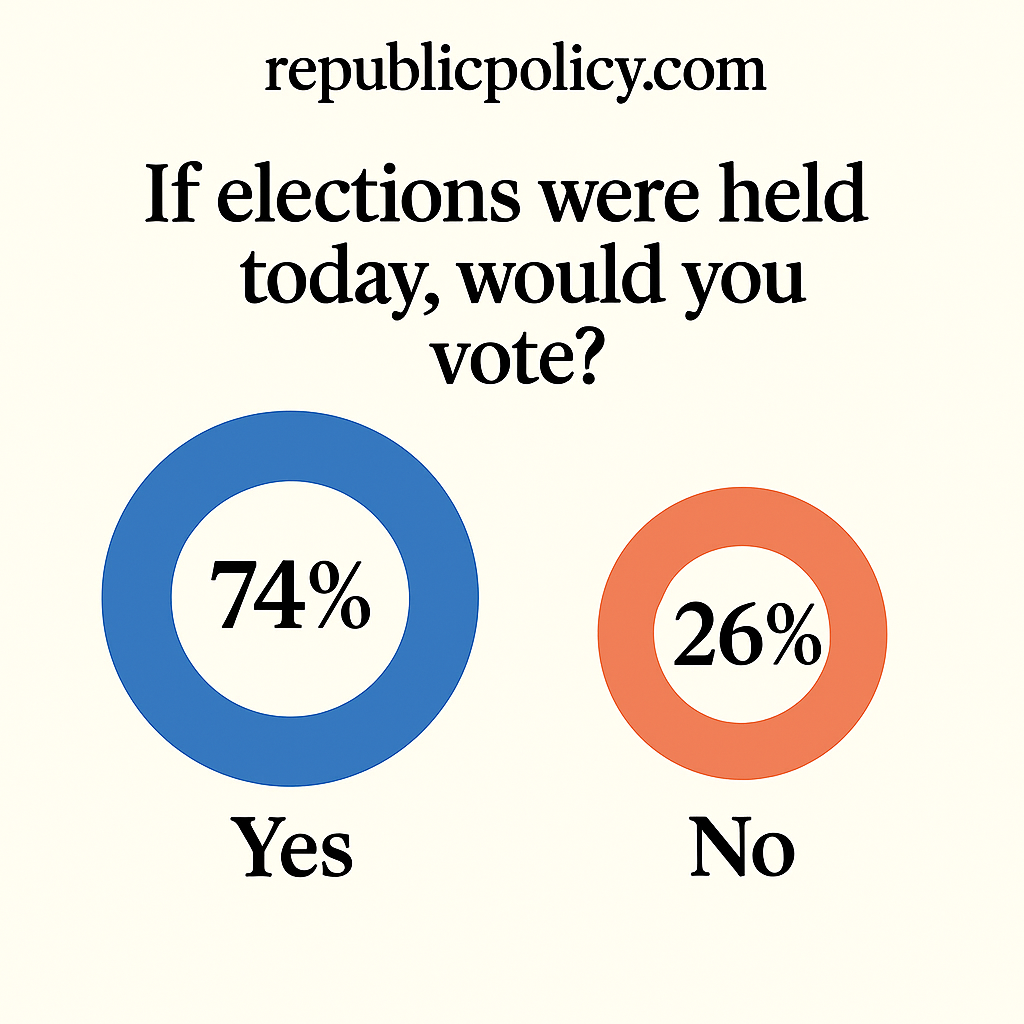By Ayesha Haque
Anticipation brews as a novel COVID vaccine is poised for release next month, yet a cloud of uncertainty hangs over its reception. As the grip of “Eris,” an offshoot of the Omicron variant, tightens across the nation, health experts and analysts voice a sobering forecast: the impending vaccine’s reception might be lukewarm at best.
Amid the rising tide of hospitalizations, the hope is that Americans will embrace this new inoculation with the familiarity of a routine flu jab. However, a chilling reality prevails – demand for the vaccine has plummeted since its initial introduction in 2021. A staggering 240 million Americans, constituting 73% of the population, had rolled up their sleeves for at least one shot back then.
A temporal shift reveals a stark transformation. In the autumn of 2022, when many had already encountered the COVID virus or opted for vaccination, the number of vaccine recipients had dwindled to fewer than 50 million individuals.
In the upcoming month, healthcare providers and pharmaceutical giants like CVS Health (CVS.N) are poised to offer this latest shot. An upgraded version, tailored to combat the Omicron variant, which has maintained its dominance since the previous year, is the new arsenal in the battle.
Yet, a formidable challenge arises – a collective wane in concern toward the virus, coupled with an air of fatigue and skepticism regarding the efficacy of the forthcoming vaccine. Ashley Kirzinger, the Director of Survey Methodology at the Kaiser Family Foundation, notes that public health officials now face an uphill task: compelling the American populace to recognize the enduring threat of COVID and the significance of ongoing vaccination efforts.
Don’t forget to Subscribe our channel & Press Bell Icon.
Kirzinger emphasizes the crux of the matter – previous vaccinations or prior infections had imbued a sense of immunity among those surveyed earlier this year. This perception emerged as the prime rationale behind their reluctance to embrace annual shots.
Amidst these dynamics, a recalibration of expectations within the COVID-19 vaccine realm is evident. Pfizer, a key player in the mRNA vaccine domain, has cautiously adjusted its outlook for the upcoming vaccination campaign. Moderna, Pfizer’s formidable counterpart, concurs, acknowledging that demand could potentially dwindle to a mere 50 million shots.
A retrospective glance at last year’s vaccine sales saga showcases a staggering figure – Pfizer and Moderna collectively raked in a global revenue exceeding $56 billion. In stark contrast, industry analysts project a relatively modest sum of around $20 billion for the ongoing year.
Informed by these trends, Jefferies analyst Michael Yee casts his insightful perspective. Yee doesn’t anticipate a replication of last year’s fervor in the forthcoming autumn campaign. He alludes to the past winter’s benchmark – a total of 50 million vaccinations administered across the U.S. It stands to reason that this year might witness a dip below that threshold, a plausible outcome shaped by the diminishing specter of COVID concerns compared to the previous year’s landscape.
Emerging from the pandemic’s shadows, the spotlight now shifts to the realm of post-pandemic vaccines. With the COVID public health crisis receding into the rearview, a consequential shift in responsibility unfolds – the government relinquishing its vaccination mantle to the private sector. A staggering toll looms large on the horizon – over 1.1 million souls in the United States have succumbed to the clutches of COVID, a chilling reality documented by the U.S. Centers for Disease Control and Prevention (CDC).

Check out our monthly English and Urdu magazines on Homepage
In a recent podcast discourse, CDC Director Mandy Cohen cast a gaze toward the future, articulating her anticipation for the forthcoming shots. A pivotal caveat, however, remains tethered to this narrative – these shots, eagerly awaited, stand poised for action, pending authorization by the U.S. Food and Drug Administration and the coveted recommendation by the CDC. September’s third or fourth week is the designated window for their rollout, an endeavor that Cohen advises the American populace to embrace as an annual rite akin to the familiar flu shot tradition.
Akin to a dance with the elusive flu, pharmaceutical juggernauts Pfizer (PFE.N)/BioNTech SE (22UAy.DE), Moderna (MRNA.O), and Novavax (NVAX.O) orchestrate a symphony of adaptation. Their collective endeavor entails tailoring the COVID vaccine to mirror the variant anticipated to grace the stage this fall – an intricately choreographed ballet with XBB.1.5, a subvariant akin to the acclaimed EG.5 and ensconced within the lineage of the prevailing Omicron dominion.
The stage is set, the performers ready. However, the saga of COVID-19 is far from a closed curtain. The pendulum of hospitalizations swings, a rise exceeding 40% from the nadir witnessed in June. Despite this crescendo, a vivid contrast emerges – the current figures pale more than 90% in comparison to the zenith reached during the menacing Omicron outbreak of January 2022, as meticulously curated by the CDC’s empirical chronicles.
The tapestry of evidence unfurls, offering potential guidance through the labyrinthine decision-making process. Within medical circles, a proposition is tabled – an annual symphony of shots, orchestrated specifically for the elderly and those perched on the precipice of high-risk susceptibility. These individuals, precariously poised on the brink of dire consequences upon encountering COVID-19, emerge as the foremost beneficiaries of this orchestrated symphony.
Within the hallowed corridors of medical discourse, voices echo, ruminating on the subtleties of recommendations and their nuanced implications. Dr. William Schaffner, an esteemed purveyor of insights in the domain of infectious diseases at Vanderbilt University, emerges as a torchbearer. His liaison role to the CDC’s Advisory Committee on Immunization Practices bestows him with a unique perspective. As the wheels of deliberation turn, Schaffner contemplates an intriguing question – could the ACIP weave a tapestry of differentiation? A softer stance for the vibrant, the youthful, and the robust may emerge, casting a spell that could ripple through the realm of demand dynamics.
Dr. Schaffner questions aloud – should this tapestry of annual immunization unfurl for the youngest participants, for those unburdened by underlying ailments? The narrative remains poised on a precipice – a quest for precision, a balancing act between broader immunization and a more targeted endeavor. A similar saga cascades onto the canvas of children – a single dose of the previous year’s updated vaccine for those aged six and beyond, a stroke that paints their future with hues of protection.
Within the realm of meticulous scholarship, Dr. David Boulware, an infectious diseases virtuoso from the University of Minnesota, steps into the spotlight. His insights crystallize through research, offering a glimpse into the potential narrative of the boosted populace. This symphony’s notes are melodious – those who ascend to the realm of the boosted manifest symptoms of lesser intensity, along with a fleeting duration of affliction.
As the curtain rises on the next act in this unfolding saga, questions unfurl like tendrils, summoning an ever-deeper engagement with the spectrum of COVID-19 immunity, its resilience, and the intricate dance between protection and pathogen.
In the ever-evolving landscape of post-pandemic vaccination, one thing remains clear: the journey ahead is as complex as it is critical. As we anticipate the rollout of new shots to combat the changing face of the virus, questions abound. Will these annual shots find a receptive audience, or will skepticism continue to cast a shadow? The delicate balance between public health imperatives and individual choice comes to the forefront, urging us to examine not only the efficacy of these vaccines but also the narratives that shape our perceptions. The path forward demands thoughtful consideration, as we navigate the intricacies of post-pandemic inoculation, seeking to safeguard our health and rebuild a resilient future.
Subscribe our website for latest updates:
https://republicpolicy.com/shop/
Read More














